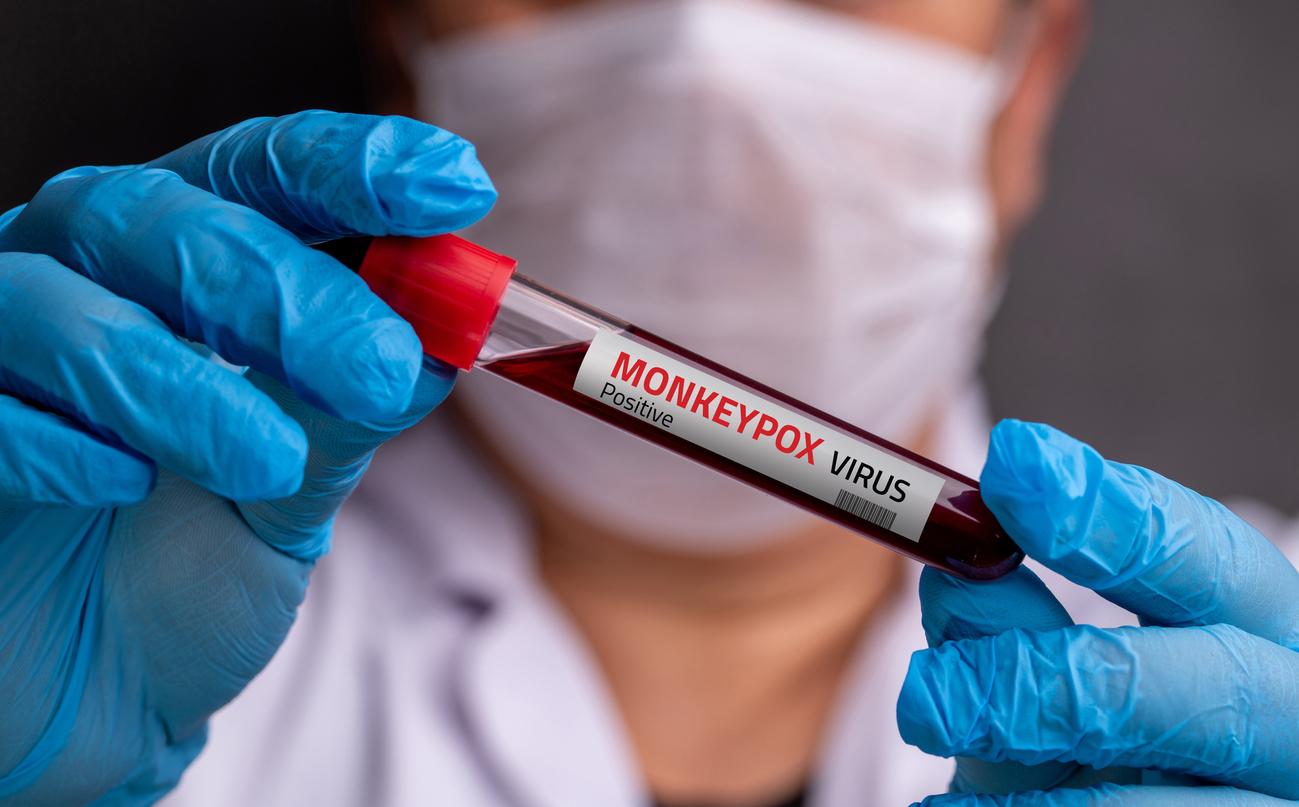
On April 12, 2014, the Institut Pasteur launched a rather surprising press release, 2349 tubes composed of fragments of the SARS virus (severe acute respiratory syndrome) were lost due to a lack of traceability. The difficulty of dating their disappearance, randomly observed following a simple regulatory check, seems to worry and question.
SARS and Institut Pasteur: a rigorous protocol
As required by the procedure, the Institut Pasteur seized the National Agency for the Safety of Medicines (ANSM) which conducted its investigation over 4 days, from April 8 to 12. The conclusions seem reassuring, these tubes would not represent any danger of infection thus undermining the suspicions of reliving again the nightmare of the deadly epidemic that occurred in Asia 10 years ago. The health authority called on independent experts who described the infectious potential of these tubes as “null”.to the gaze elements available and elements known from the literature on the survival of the SARS virus“.1
SARS: fear of going back
In 2003, it was in China that the pandemic struck, a total of 8,000 victims, including 800 dead. The World Health Organization (WHO) is asking member states to be on alert for a possible outbreak of SARS-type coronavirus infection.
SARS: What are the symptoms?
A person who contracts the SARS virus has different symptoms: fever, breathing problems such as cough, shortness of breath, muscle pain, headache, diarrhea, sore throat. Proximity, contact with secretions from the respiratory tract or body fluids, expose to the risk of contamination by this type of coronavirus.
In any case, concerning the Institut Pasteur affair, it would seem that there would have been more fear than harm …
|
Sources: 1: Press release from the Institut Pasteur, 04/12/2014 |
















